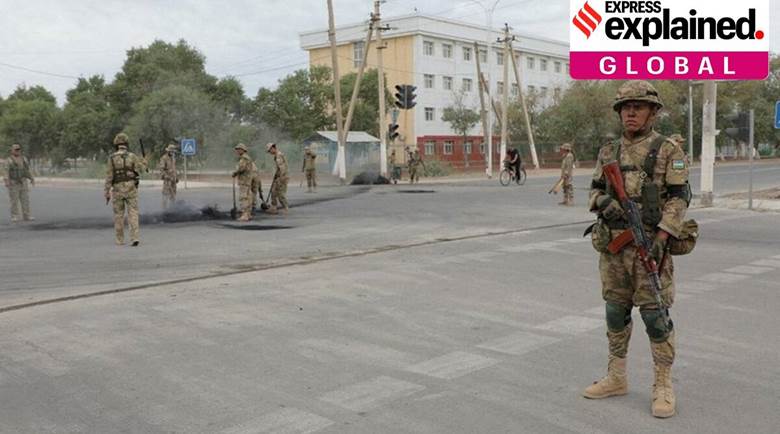Free Courses Sale ends Soon, Get It Now


Free Courses Sale ends Soon, Get It Now



Copyright infringement not intended
Context: At least 18 people were killed during government crackdown on protests in Uzbekistan’s autonomous province of Karakalpakstan. The protests had broken out in response to the government’s plan to restrict the region’s long-held autonomy.
Who are the Karakalpaks?
What is the region’s history?
Why triggered the recent protests?
https://indianexpress.com/article/explained/explained-who-karakalpaks-residents-unrest-hit-uzbekistan-8010952/
© 2024 iasgyan. All right reserved